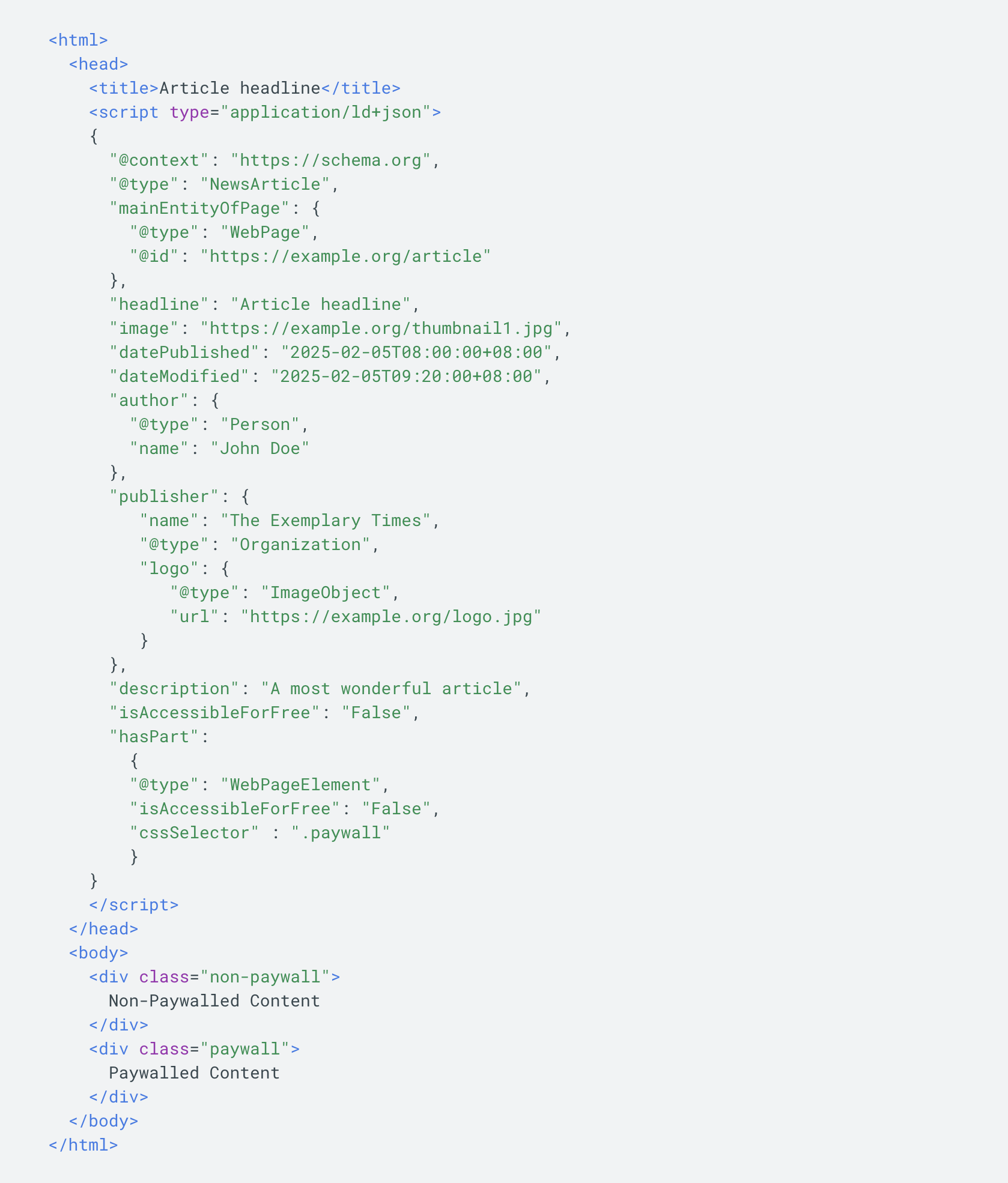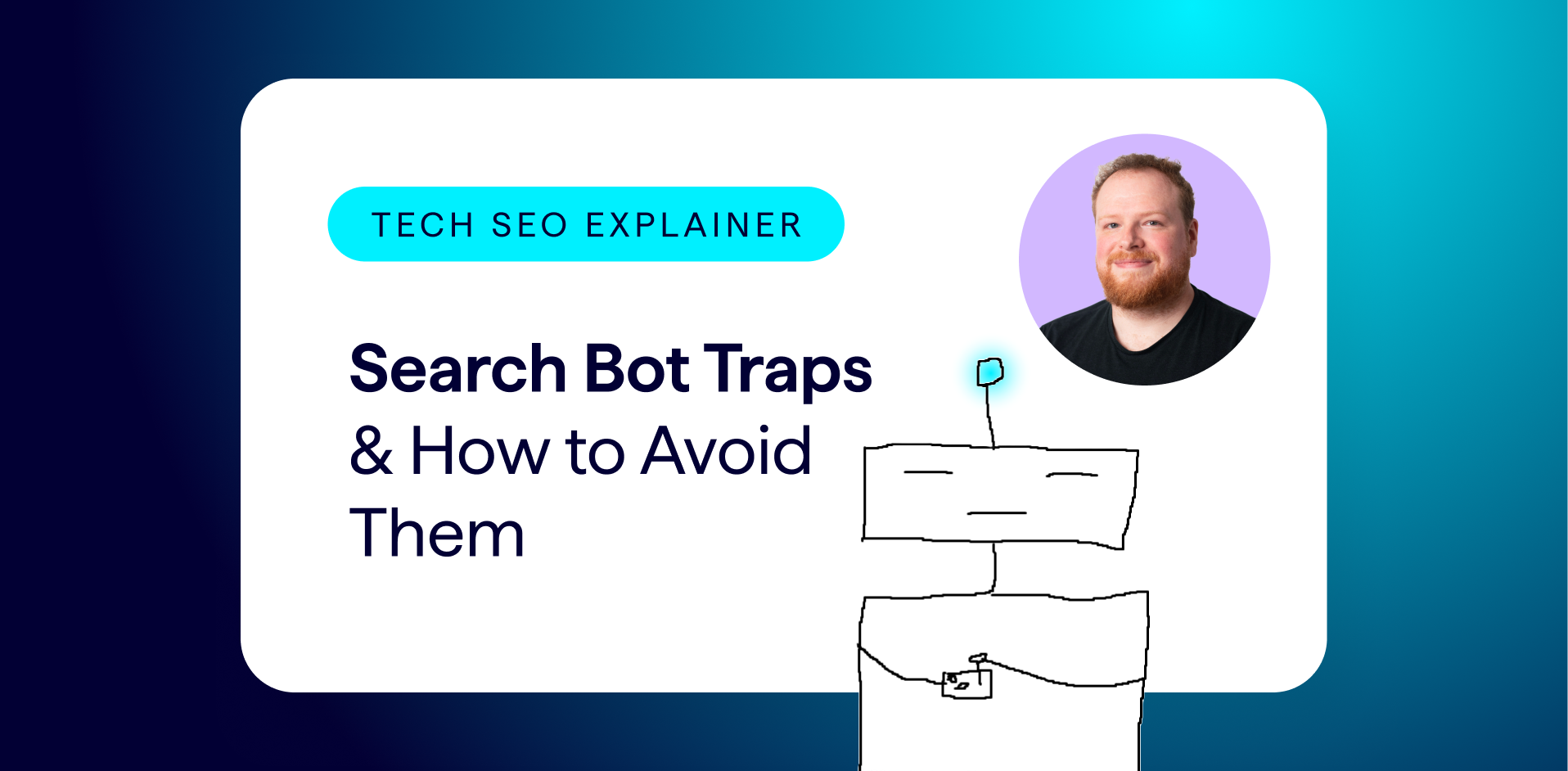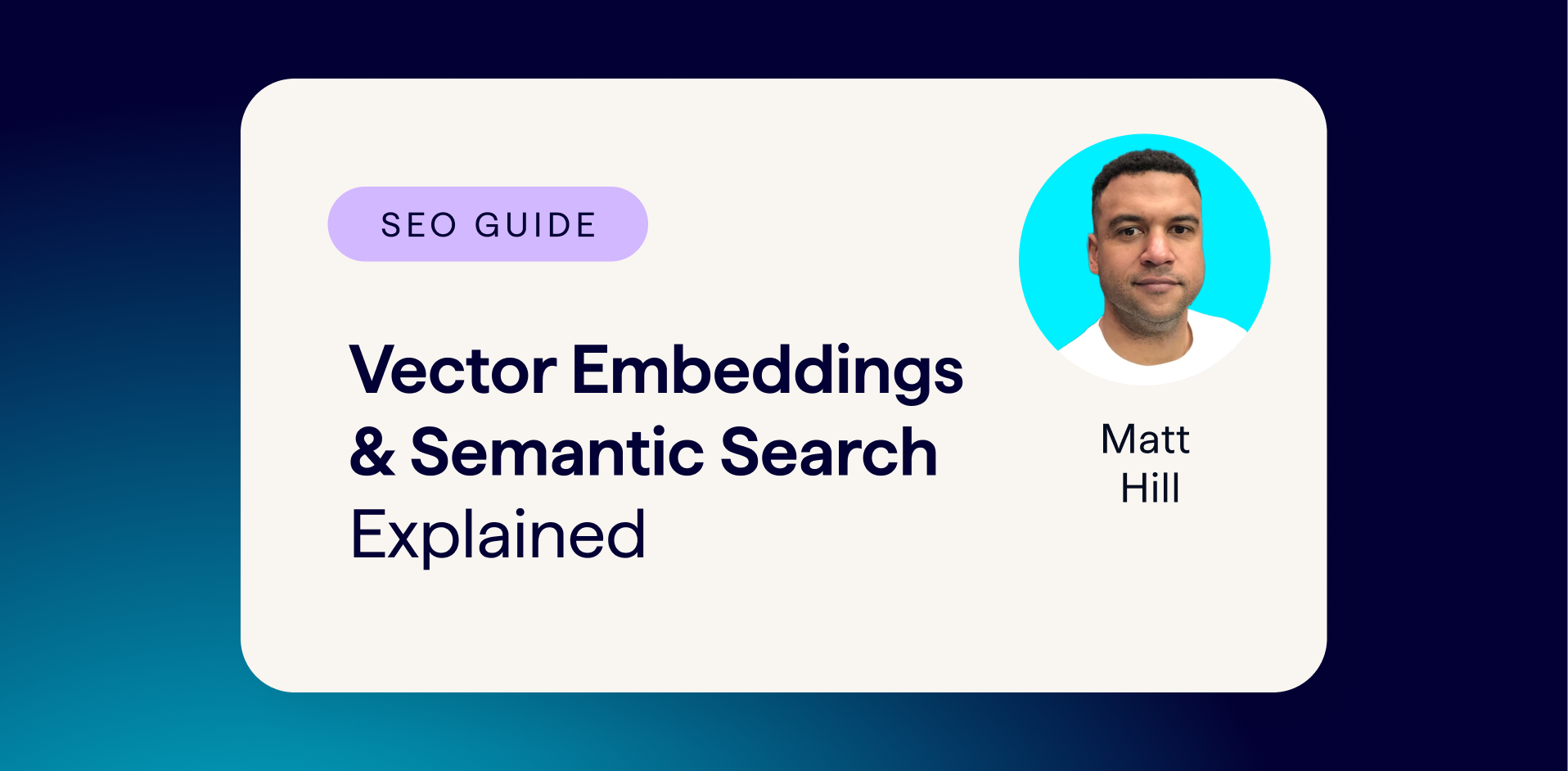As a publisher or creator, you need to find the perfect balance between traffic and revenue. If ad revenues aren’t hitting the spot for your website or portfolio, you may be inclined to start putting your content behind a gate or paywall for a subscription-based approach.
Whether this applies to a section of your website, or the vast majority of it, this can obviously have a knock-on effect on your overall SEO efforts. But just because you’re charging for content, it doesn’t mean you don’t want people to find it.
People will only pay for what they know exists, which is why your content still needs to be discoverable. And that is why search engine optimization is still a vital part of marketing for paywalled content.
In this guide, we’ll take you through some of the practical tips for developing an SEO strategy for your paywalled content. Before we begin, let’s kick off with some definitions and explanations so we’re all on the same page.
What is a paywall?
IONOS describes a paywall as “a method of restricting access to online content via a paid subscription”. A paywall acts as a digital barrier, and users can only access content behind it after they pay a fee or complete a subscription.
Some publishers have a full (hard) paywall, whereby all content is only accessible after this transaction. Others allow a limited amount of content to be consumed before restricting access; this is commonly known as a metered paywall.
An example of this is ft.com (Financial Times). News stories on the FT can be accessed from Google News after a user fills out a quick survey response, but a user would then need to choose an FT subscription to read other articles on the website.

There is also a third type of paywall which is known as a soft paywall or freemium model. This is where there is a large selection of free content, with select articles requiring premium access. IONOS suggests that this is widely used in France and Germany, but not as popular in countries such as the United Kingdom where only 5.5% of publishers have this in place.
Why would you use a paywall?
A paywall is simply a form of monetizing website content. This is of particular importance to publishers that may have traditionally relied on newspaper or magazine sales before the bulk of their audience started accessing news online.
Not all publishers use paywalls, as there are other forms of monetization like ad revenue. But it is a widely used method for monetization; and not just for publishers.
The model also applies to things like online courses, where some content may be accessible for free, and other parts hidden behind the paywall. This is of particular interest in a year where not many people have been able to attend in-person training sessions and have turned to online sources instead.
SEO for paywalled content
Now let’s move on to the good stuff: how to actually go about setting an SEO strategy for paywalled content. There’s something for everyone here, whether you’re technical or more content-focused.
The technical bit
Because we’re biased (our tool helps publishers to overcome technical issues to maximize visibility in organic search), we’ll start with some of the technical aspects.
The first is all about structured data. By using schema JSON-LD, you can indicate all the paywalled content on your site with CreativeWork properties. Without it, there would be a risk of Google seeing some of your content as cloaking, which would violate their guidelines.
You can read about this in more detail at the paywalled content resource published by Google, but we’ve summarized some of the key recommendations here. The resource has a number of steps you should take if you “offer any subscription-based access to your website content, or if users must register for access to any content you want to be indexed.”

These steps include:
- Adding a class name around each paywalled section of your page
- Adding the appropriate structured data (in their example, this is NewsArticle)
- Adding specific JSON-LD structured data to the NewsArticle structured data (this can be accessed from the link referenced above)
If there are multiple paywalled sections on a page, you’ll need to add the class names as an array.
The next thing worth considering is that many publishers use AMP for quick-loading content on mobile devices. There is documentation specifically addressing this where there is both AMP and a subscription model being used, so it’s worth giving this a read in full.
These technical elements are really important to consider as part of your SEO strategy because, without proper implementation, it can cause a negative impact on your organic search performance. You don’t want your content to become invisible to search engines!
The content bit
Once you’re sure that the crawling and indexing elements of your paywalled website are addressed, you can move on to the SEO content strategy phase.
Your keyword strategy will be all to do with user intent. Ultimately, if someone is looking for something highly researched and topical, this is the type of content you would be able to provide from your paywalled website.
In the UK, some of the more authoritative news sources such as The Telegraph and The Times tend to be behind a paywall. Likewise, in the US quality publications like The New York Times and The Wall Street Journal follow a similar approach.

On the other hand, the tabloid press may be more aligned to quantity instead of quality (which is why the ad serving model is often chosen by tabloids instead).
Therefore, it makes sense to optimize content with specific informational keywords, rather than choosing the highest search volumes which may have wider user intent. You’re looking to convince someone to subscribe when they find you, which is more likely if you can appeal to their thirst for information.
Another thing to consider with content is to figure out what you’ll show to a user that lands on a gated page from a search engine. A good option is to include an executive summary that is visible at the top of the content page; also known as a ‘lead in’. This is your chance to explain what will be found in the article.
A benefit of this is that you can use structured data in the executive summary which could help the content to appear in a rich snippet, and this could dramatically improve visibility for your content in the search results.
Your lead-in could include:
- A good headline (optimized with most suitable keywords)
- Your summary of the content, its main topics, and what a user would learn
- A list of questions, stats, or facts from the article
- What someone would find behind the paywall (e.g. media formats or exclusive research)
Over to you
You should now have a clearer understanding of paywalls and how you can support this content model with SEO. Remember that you’re addressing a number of elements here:
- Technical SEO to ensure content is visible in the search results
- Content strategy to be clear on why your content should be served in the search results
- Convincing users that they will benefit from subscribing to your content, or website
Want to learn about SEO in publishing? Get your free copy of our State of SEO in Publishing eBook.





